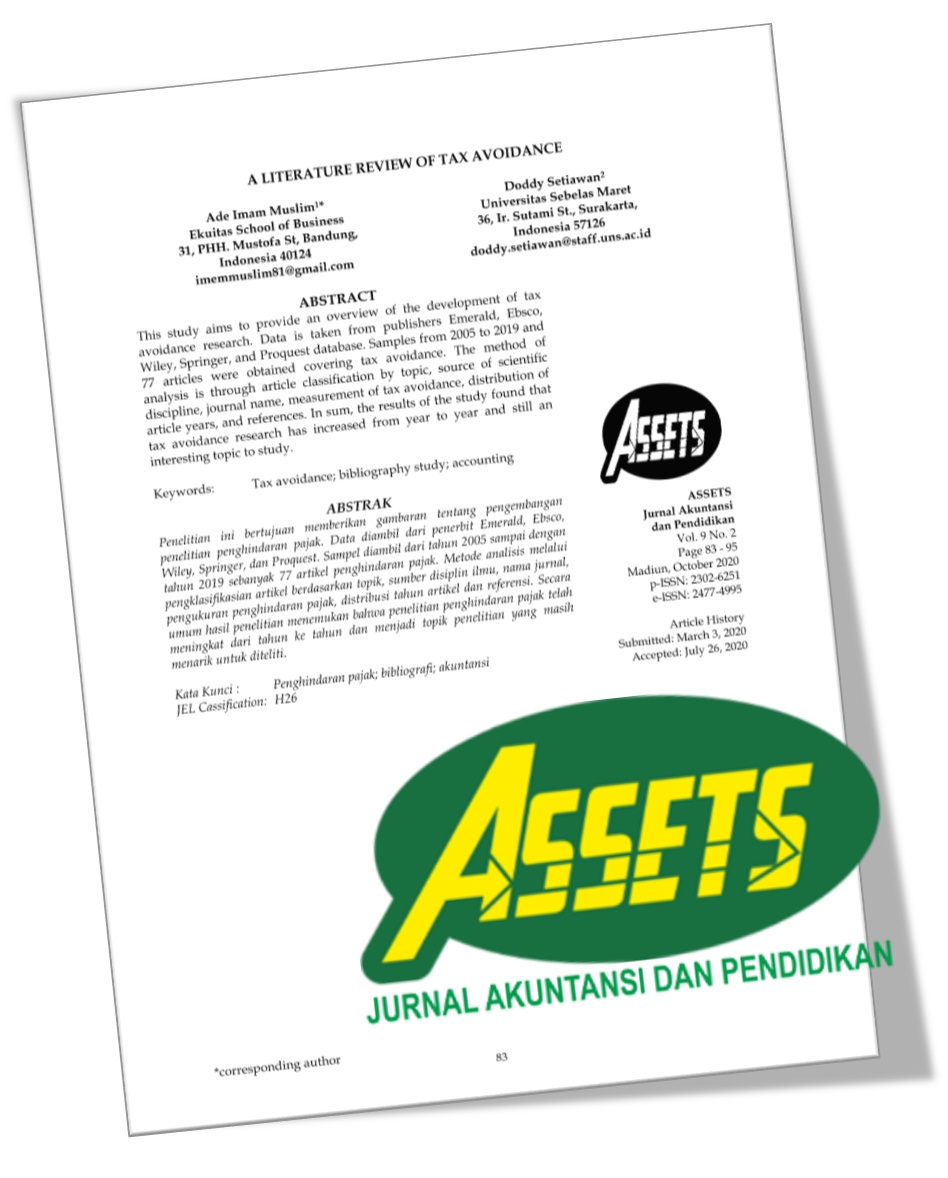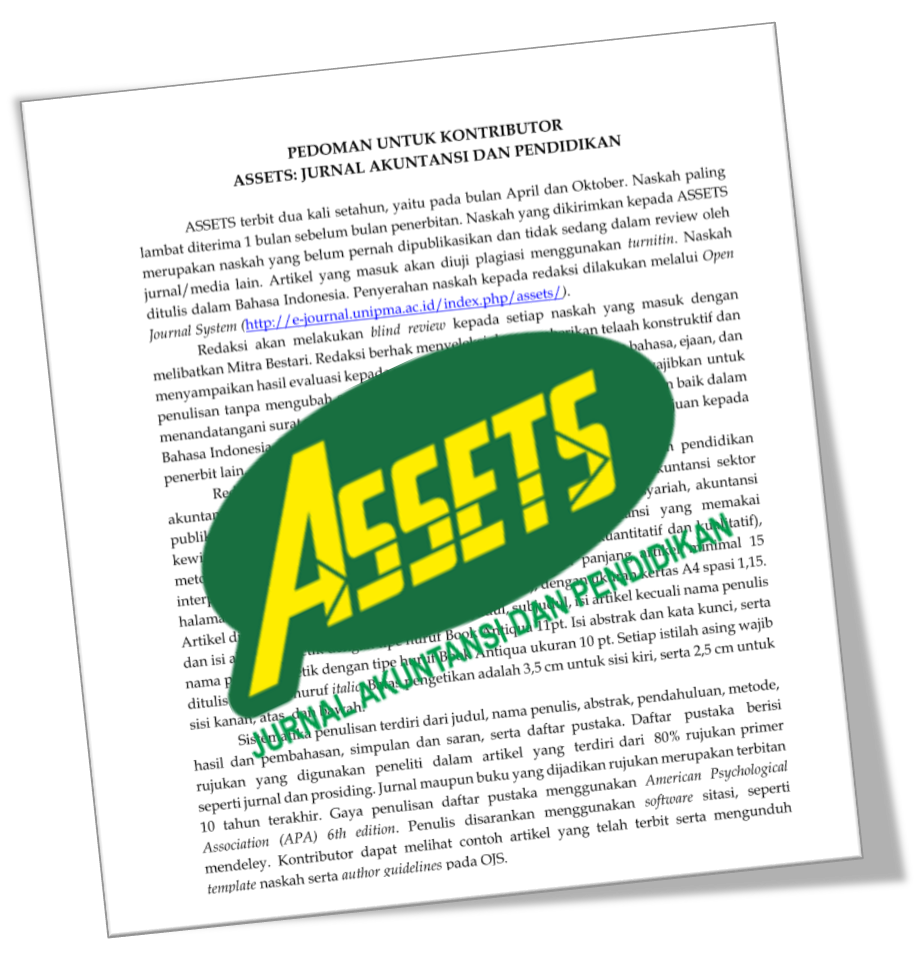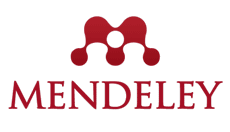MODEL ADOPTION BLENDED LEARNING: A STUDENT-CENTRIC EVALUATION IN ACCOUNTING EDUCATION
DOI:
https://doi.org/10.25273/jap.v13i2.19413Keywords:
Blended Learning, Technology Acceptance Model, Theory of Planned Behavior, Accounting Learning, Pembelajaran AkuntansiAbstract
ABSTRACT
This study aims to develop a conceptual model of the behavioral interest of accounting students in adopting blended learning by combining the technology acceptance model and the theory of planned behavior, along with validating explanatory variables such as perceived usefulness, perceived ease of use, learning attitudes, subjective norms, and behavioral control. The study sample consists of accounting students in Semarang, with structural equation modeling used as the analytical tool. It was found that perceived ease and behavioral control did not impact learning attitudes, while perceived usefulness and subjective norms also showed no effect. The intention to adopt blended learning is influenced by perceived ease, learning attitudes, subjective norms, and behavioral control but not by perceived usefulness. Learning attitudes serve as a mediator between the effects of perceived ease and behavioral control on students' intention to adopt blended learning.
ABSTRAK
Penelitian ini bertujuan untuk mengembangkan model konseptual terkait minat mahasiswa akuntansi dalam mengadopsi blended learning dengan menggabungkan model penerimaan teknologi dan teori perilaku terencana. Penelitian ini juga berusaha memvalidasi variabel-variabel penjelas seperti persepsi manfaat, persepsi kemudahan, sikap belajar, norma subjektif, dan kontrol perilaku. Sampel yang digunakan adalah mahasiswa akuntansi di Kota Semarang, dengan menggunakan model persamaan struktural sebagai alat analisis. Hasil penelitian menunjukkan bahwa persepsi kemudahan dan kontrol perilaku berpengaruh terhadap sikap belajar, sementara persepsi manfaat dan norma subjektif tidak memiliki pengaruh. Minat dalam mengadopsi blended learning dipengaruhi oleh persepsi kemudahan, sikap belajar, norma subjektif, dan kontrol perilaku, kecuali persepsi manfaat. Sikap belajar berperan sebagai mediator dalam hubungan antara persepsi kemudahan dan kontrol perilaku dengan minat mahasiswa untuk mengadopsi blended learning.
Downloads
References
Ajzen, I. (1991). The Theory of Planned Behavior. Organizational Behavior and Human Decision Processes, 50 (1), 179-211. https://doi.org/10.47985/dcidj.475
Al-Azawei, A., Parslow, P., & Lundqvist, K. (2017). Investigating the effect of learning styles in a blended e-learning system: An extension of the technology acceptance model (TAM). Australasian Journal of Educational Technology, 33(2), 1-23. https://doi.org/10.14742/ajet.2741
Amenduni, F., Annese, S., Candido, V., McLay, K., & Ligorio, M. B. (2021). Blending Academic and Professional Learning in a University Course for Future E-learning Specialists: The Perspective of Company Tutors. Education Sciences, 11(8), 1-15. https://doi.org/10.3390/educsci11080415
Andiola, L. M., Masters, E., & Norman, C. (2020). Integrating technology and data analytic skills into the accounting curriculum: Accounting department leaders’ experiences and insights. Journal of Accounting Education, 50(1), 1-18. https://doi.org/10.1016/j.jaccedu.2020.100655
Anthony, B., Kamaludin, A., Romli, A., Raffei, A. F. M., Phon, D. N. A. L. E., Abdullah, A., & Ming, G. L. (2022). Blended Learning Adoption and Implementation in Higher Education: A Theoretical and Systematic Review. In Technology, Knowledge and Learning 27(2). https://doi.org/10.1007/s10758-020-09477-z
Anthony Jnr, B., Kamaludin, A., Romli, A., Mat Raffei, A. F., A_L Eh Phon, D. N., Abdullah, A., Leong Ming, G., A Shukor, N., Shukri Nordin, M., & Baba, S. (2020). Predictors of blended learning deployment in institutions of higher learning: theory of planned behavior perspective. International Journal of Information and Learning Technology, 37(4), 179-196. https://doi.org/10.1108/IJILT-02-2020-0013
Ashraf, M. A., Shabnam, N., Tsegay, S. M., & Huang, G. (2023). Acceptance of Smart Technologies in Blended Learning: Perspectives of Chinese Medical Students. International Journal of Environmental Research and Public Health, 20(3), 1-14. https://doi.org/10.3390/ijerph20032756
Azizi, S. M., Roozbahani, N., & Khatony, A. (2020). Factors affecting the acceptance of blended learning in medical education: application of UTAUT2 model. BMC Medical Education, 20(1), 1-9. https://doi.org/10.1186/s12909-020-02302-2
Cao, W. (2023). A meta-analysis of effects of blended learning on performance, attitude, achievement, and engagement across different countries. Frontiers in Psychology, 14(1), 1-15. https://doi.org/10.3389/fpsyg.2023.1212056
Cheng, E. W. L. (2019). Choosing between the theory of planned behavior (TPB) and the technology acceptance model (TAM). Educational Technology Research and Development, 67(1), 21-37. https://doi.org/10.1007/s11423-018-9598-6
Chu, T. H., & Chen, Y. Y. (2016). With Good We Become Good: Understanding e-learning adoption by theory of planned behavior and group influences. Computers and Education, 93(1), 37-52. https://doi.org/10.1016/j.compedu.2015.09.013
Davis, F. D., Bagozzi, R. P., & Warshaw, P. R. (1989). User Acceptance of Computer Technology: A Comparison of Two Theoretical Models. Management Science, 35(8), 982-1003. https://doi.org/10.1287/mnsc.35.8.982
Dziuban, C., Graham, C. R., Moskal, P. D., Norberg, A., & Sicilia, N. (2018). Blended learning: the new normal and emerging technologies. International Journal of Educational Technology in Higher Education, 15(3), 1-16. https://doi.org/10.1186/s41239-017-0087-5
Fadhilatunisa, D., Fakhri, M. M., & Rosidah, R. (2020). Pengaruh Blended Learning Terhadap Aktivitas Belajar Dan Hasil Belajar Mahasiswa Akuntansi. Jurnal Pendidikan Akuntansi Indonesia, 18(2), 93-106. https://doi.org/10.21831/jpai.v18i2.35345
Fatah, K. (2022). Factors Affecting Acceptance of the Use of Open Learning with the Theory of Planned Behavior ( TPB ) Approach to Accounting Students at Muhammadiyah University of Pekajangan Pekalongan. The 15th University Research Colloqium 2022 Universitas Muhammadiyah Gombong Factors, 1-10.
Hair, J. F., Risher, J. J., Sarstedt, M., & Ringle, C. M. (2019). When to use and how to report the results of PLS-SEM. European Business Review, 31(1), 2-24. https://doi.org/10.1108/EBR-11-2018-0203
Hasanah, Hasanah; Muh, Nasir., & Malik. (2020). Blended learning in improving students' critical thinking and communication skills at Universit. Cypriot Journal of Educational Sciences, 15(5), 1295-1306. https://doi.org/https://doi.org/10.18844/cjes.v15i5.5168
Helsa, Y., Marasabessy, R., Juandi, D., & Turmudi, T. (2022). Penerapan Hybrid Learning di Perguruan Tinggi Indonesia: Literatur Review. Jurnal Cendekia: Jurnal Pendidikan Matematika, 7(1), 139-162. https://doi.org/10.31004/cendekia.v7i1.1910
Downloads
Published
Issue
Section
License
Copyright (c) 2024 Entot Suhartono & Purwantoro

This work is licensed under a Creative Commons Attribution-ShareAlike 4.0 International License.
Perjanjian Lisensi dan Hak Cipta
Saat mengirimkan naskah ke jurnal, penulis menyatakan bahwa:
- Mereka diberi wewenang oleh rekan penulisnya untuk masuk ke dalam perjanjian ini.
- Karya yang dimaksud belum pernah diterbitkan secara resmi sebelumnya, kecuali dalam bentuk abstrak atau sebagai bagian dari kuliah, resensi, tesis, atau overlay jurnal yang diterbitkan.
- Karya yang dimaksud tidak sedang dipertimbangkan untuk diterbitkan di tempat lain,
- Publikasi karya yang dimaksud telah disetujui oleh semua penulis dan oleh otoritas yang bertanggung jawab - secara tahu sama tahu atau eksplisit - dari lembaga tempat pekerjaan itu dilakukan.
- Mereka mengamankan hak untuk mereproduksi materi apa pun yang telah diterbitkan atau dilindungi hak cipta di tempat lain.
- Mereka menyetujui lisensi dan perjanjian hak cipta berikut.
Hak Cipta
Penulis yang menerbitkan dengan ASSETS: Jurnal Akuntansi dan Pendidikan menyetujui persyaratan berikut:
- Penulis mempertahankan hak cipta dan memberikan jurnal hak publikasi pertama dengan karya yang secara bersamaan dilisensikan di bawah Lisensi Atribusi Creative Commons (CC BY-SA 4.0) yang memungkinkan orang lain untuk berbagi karya dengan pengakuan kepenulisan karya dan publikasi awal di jurnal ini.
- Penulis dapat masuk ke dalam pengaturan kontrak tambahan yang terpisah untuk distribusi non-eksklusif dari versi jurnal yang diterbitkan dari karya tersebut (misalnya, mempostingnya ke repositori institusional atau menerbitkannya dalam sebuah buku), dengan pengakuan publikasi awalnya di jurnal ini.
- Penulis diizinkan dan didorong untuk memposting karya mereka secara daring (misalnya di repositori institusional atau di situs web mereka) sebelum dan selama proses pengiriman, karena dapat menghasilkan pertukaran yang produktif, serta kutipan lebih awal dan lebih besar dari karya yang diterbitkan.
License and Copyright Agreement
In submitting the manuscript to the journal, the authors certify that:
- Their co-authors authorize them to enter into these arrangements.
- The work described has not been formally published before, except as an abstract or part of a published lecture, review, thesis, or overlay journal.
- That it is not under consideration for publication elsewhere,
- That its publication has been approved by all the author(s) and by the responsible authorities – tacitly or explicitly – of the institutes where the work has been carried out.
- They secure the right to reproduce any material already published or copyrighted elsewhere.
- They agree to the following license and copyright agreement.
Copyright
Authors who publish with ASSETS: Jurnal Akuntansi dan Pendidikan agree to the following terms:
- Authors retain copyright and grant the journal right of first publication with the work simultaneously licensed under a Creative Commons Attribution License (CC BY-SA 4.0) that allows others to share the work with an acknowledgment of the work's authorship and initial publication in this journal.
- Authors can enter into separate, additional contractual arrangements for the non-exclusive distribution of the journal's published version of the work (e.g., post it to an institutional repository or publish it in a book), with an acknowledgment of its initial publication in this journal.
- Authors are permitted and encouraged to post their work online (e.g., in institutional repositories or on their website) before and during submission, as it can lead to productive exchanges and earlier and more extraordinary citations of published work.

ASSETS: Jurnal Akuntansi dan Pendidikan is licensed under a Creative Commons Attribution-ShareAlike 4.0 International License.










